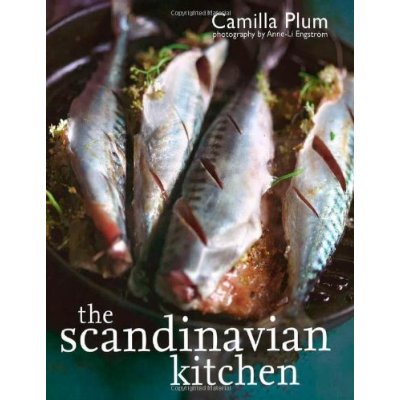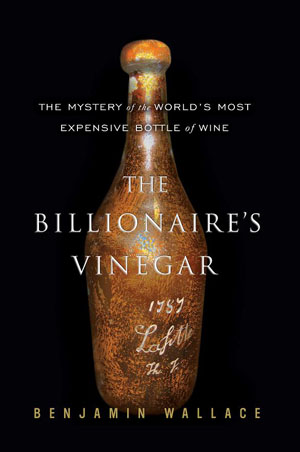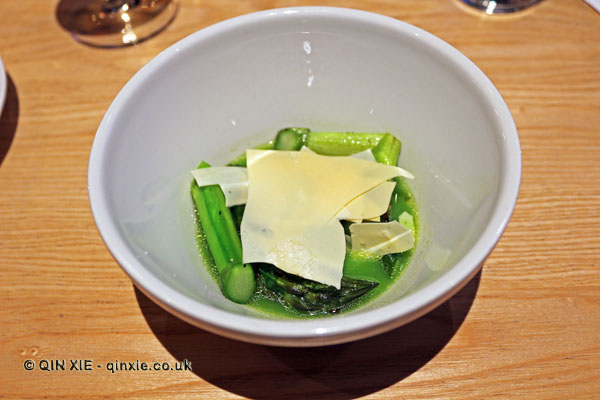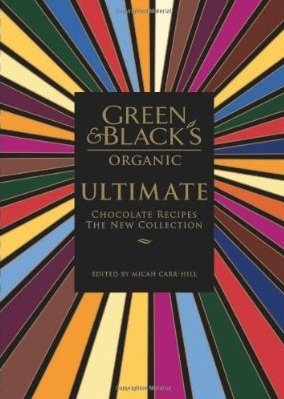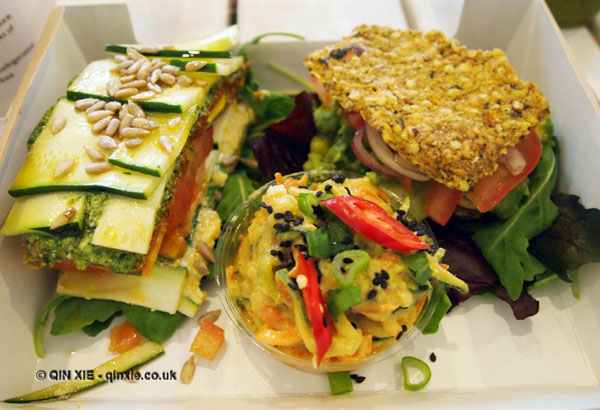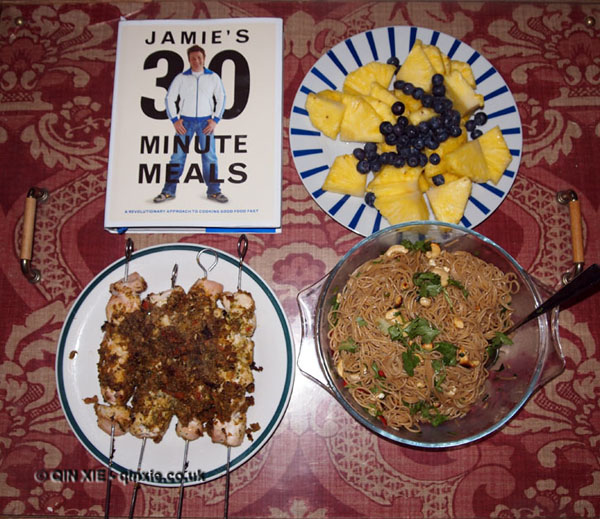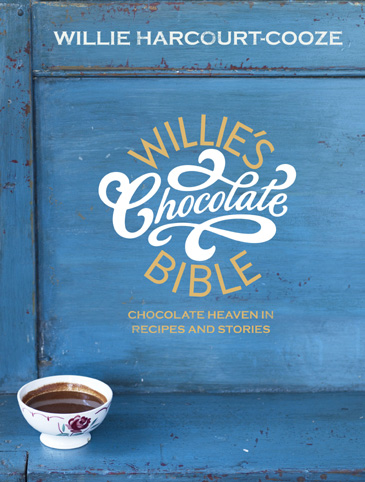‘The Scandinavian Kitchen’ by Camilla Plum
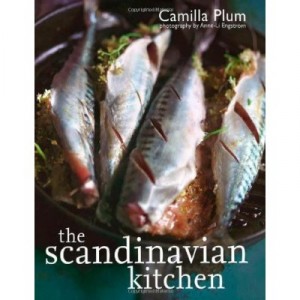 I must admit, I know very little about Scandinavian food. The only time that I’ve been in Scandinavia was during a stop-over in Copenhagen – hardly a long stay. And the only time I’ve come close to Scandinavian food was on two long haul journeys with Scandinavian Airlines, who provided the best on-board bread I’ve ever had. I have of course dined out in more than one Ikea café but who am I to talk about the authenticity of its meatballs?
I must admit, I know very little about Scandinavian food. The only time that I’ve been in Scandinavia was during a stop-over in Copenhagen – hardly a long stay. And the only time I’ve come close to Scandinavian food was on two long haul journeys with Scandinavian Airlines, who provided the best on-board bread I’ve ever had. I have of course dined out in more than one Ikea café but who am I to talk about the authenticity of its meatballs?
But here I have a copy of The Scandinavian Kitchen by Camilla Plum to evaluate. And she has summed up Scandinavian cuisine in one paragraph:
“Scandinavian cooking is all about simple, healthy, seasonal food made from delicious, local produce: luscious berries, juicy fruits, fresh fish and game, and ancient grains combine with deliciously pungent herbs to create sensational flavours.”
Plum has taken a very ingredient led approach to the book which was confusing, surprising and refreshing in that order.
Confusing because when I flicked through the book, I expected to see recipes. There were a few here and there but mostly, as in the style of Larousse Gastronomique, the recipes were serving as an illustration and example of the ingredient rather than the core feature of the book. Although the book is split into sections such as fruit and herbs, actually finding an ingredient is a little harder unless you head straight for the index. There must be better ways of laying out a cookbook? In the end, you’re sort of browsing rather than finding the perfect dish for dinner.
And that is perhaps what’s surprising about it. The book claims to teach you how to be a chef and cook like a Scandinavian but it’s a cookbook which is realistically for reading, rather than cooking. While you may become more familiar with Scandinavian ingredients and how to approach them, you will be none the wiser about cookery techniques other than those discussed during the course of a recipe. And as a coffee table book, the images aren’t quite captivating enough. There is almost a whiff of biology textbook about it – educational but not the most eye-catching.
That is perhaps why it’s so refreshing – I don’t think I’ve ever seen a cookbook quite like it. That said, although I was initially very inspired by it and keen to cook something from it, the more I poured over the page looking for something, the less I had a desire to cook it. A lot of the ingredients were either very specialist or required special preparations that’s just impractical in the average British kitchen. I imagine it being quite useful for an expat in Scandinavia but that could be the extent of its usefulness.
It is clearly well researched and Plum has put a lot of thought into it. But in the end, with all its confusing, surprising and refreshing content, the book is best served as a source of reference on the shelf rather than as a guide in the kitchen.
